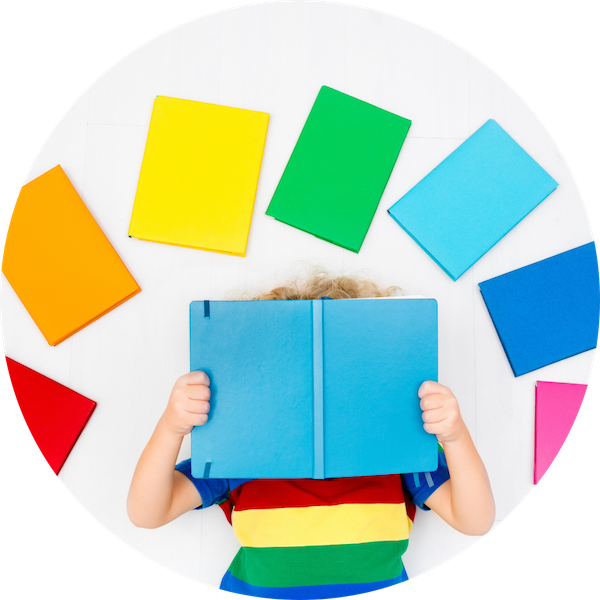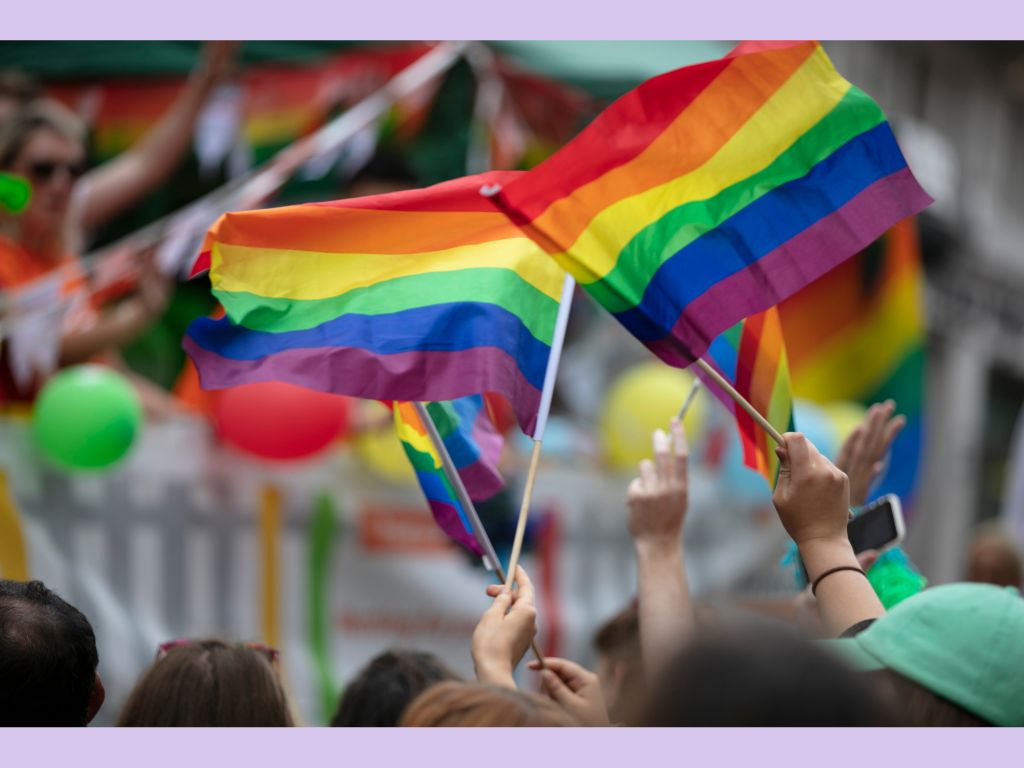Addressing Bias In Careers During Pride Month


Pride’s messages of inclusivity and embracing identities that have long been a cause of shame and persecution for many LGBTQI+ people ring loud and clear during Pride month. But, of course, the fight for equality and acceptance extends way beyond a single awareness occasion.
Pride tells the plight of a multi-faceted group of people striving for a common goal: fairness. But the narrative isn’t something that is wheeled out annually via the medium of colourful parades. It is a matter of consideration all year round. Discrimination doesn’t sleep. It manifests in every walk of life, not least in the world of work. Pride provides an important platform to highlight biases – conscious or otherwise – within jobs that prevent good people from being employed, promoted or provided a supportive working environment in which they can feel safe and truly thrive.
We’ve made it our business to address gender misconceptions about jobs that can start at the earliest of ages by producing children’s books with mould-breaking role models doing careers that are not typically expected of their sex: men who are nurses and women who are plumbers, farmers, engineers and firefights are just a handful of examples. But our messages of diversity in the workplace are broader than gender. We want to promote the concept that diversity and inclusion of all those who have been sidelined – whether because of sexuality, age, race, disability or religion – is a basic human right.
Tackling biases and prejudices starts early and schools are increasingly celebrating Pride and diverse role models even in the face of some criticism they might receive from parents who believe that they are indoctrinating our children. The overriding message, however, is about empathy, respect and acceptance; about being free to live and work as our authentic selves.
Children’s books that showcase diverse careers, as well as diverse lead characters – including those in the LGBTQI+ community – works towards normalising diversity, challenging biases and encouraging children to explore their passions and interests regardless of their sexual orientation or gender identity. Some popular titles include And Tango Makes Three by Justin Richardson and Peter Parnell, Stella Brings The Family by Miriam B. Schiff and When Aidan Became A Brother by Kyle Lukoff.

However, it’s important to note that not all books featuring LGBTQI+ characters are created equal. It’s crucial to choose books that accurately and positively represent the experiences of LGBTQI+ individuals rather than perpetuate stereotypes or cliches. This can be achieved by seeking out books written by LGBTQI+ authors, books with positive reviews from LGBTQI+ communities, and books that have been recognised or commended by organisations that support LGBTQI+ representation in children’s media.
Just as there are STEM ambassadors that visit schools, as I did, helping children to open their eyes up to careers like engineering and challenge any preconceived ideas they might have about what an engineer looks like, LGBTQI+ individuals in a variety of careers can play a vital part in such ambassadorial roles.
If children can see a balanced representation of people in society reflected in an industry, they will be more likely to consider pursuing a career in that field and not allow hang-ups about what constitutes a ‘boy’s job’ or a ‘girl’s job’ to interfere with a wider ambition or vision. I have met my fair share of girls who, for example, didn’t even consider engineering as a career that was open to them because they believed that it was a dirty, manual job for white, middle-aged men. And I know that there will have been girls that were interested in engineering but were too intimidated to pursue it as a career because there are too few women in the field. Imagine the potential talent that the industry has lost because of such misconceptions.
Diversity in children’s books is crucial for promoting understanding and acceptance of LGBTQI+ individuals. Children who are exposed to positive representations of diverse identities are more likely to be accepting and inclusive, which can and will have a positive impact, not just on their development but on society as a whole.